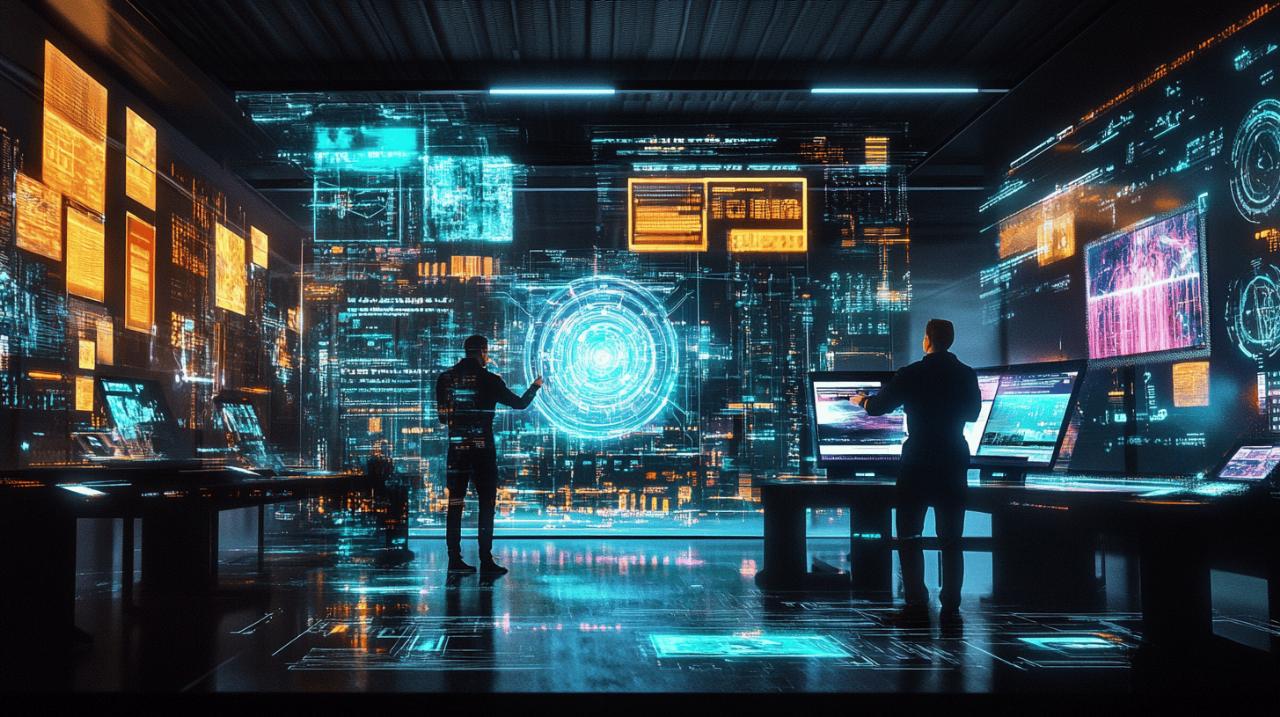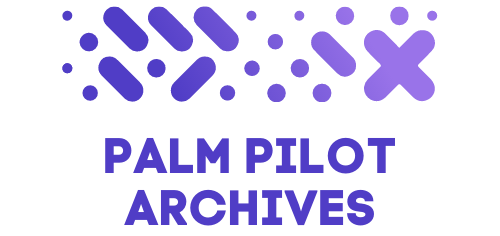The landscape of visual content creation is undergoing a remarkable transformation with the advent of advanced artificial intelligence tools like GPT Image Generator. These technologies are revolutionizing how we conceptualize, design, and produce visual content, making sophisticated image creation accessible to professionals and novices alike.
The evolution of ai-powered visual creation
AI-driven image generation represents a paradigm shift in visual communications, enabling anyone to produce high-quality imagery through simple text instructions. This democratization of visual creation is empowering organizations and individuals to communicate visually with unprecedented ease and efficiency.
From manual design to prompt-based generation
Traditional visual content creation required specialized skills in graphic design software and artistic talent. Now, tools like MyImageGPT have fundamentally changed this process, allowing users to simply describe what they want. The GPT Image Generator interprets these descriptions and produces corresponding visuals, eliminating the technical barriers that previously limited who could create professional-looking imagery.
Key milestones in GPT image technology development
The evolution of AI image generation has seen remarkable progress, from basic outputs to today's sophisticated systems. Stable Diffusion marked a significant advancement with its ability to create highly detailed, realistic images from text prompts. More recently, OpenAI's GPT-4o has emerged as a practical visual communication tool that understands complex relationships between text and images, generating everything from photorealistic imagery to artistic illustrations while incorporating readable text and responding to nuanced instructions.
Core mechanisms behind gpt image generation
GPT image generators like MyImageGPT and GPT-4o represent a revolutionary shift in visual content creation, enabling users to transform text descriptions into compelling images within seconds. These sophisticated AI tools analyze vast datasets of visual information to produce customized visuals ranging from photorealistic imagery to artistic illustrations, diagrams, and product mockups.
Understanding diffusion models and neural networks
At the heart of modern AI image generators like Stable Diffusion and GPT-4o lie deep learning algorithms specifically designed to analyze and replicate visual data. These systems employ diffusion models—complex neural networks trained on millions of images that learn to recognize patterns, textures, colors, and objects. The process begins with noise and gradually refines it into coherent visuals based on text input. GPT-4o takes this technology further by training on the relationship between images and text, understanding connections within visual elements to deliver more accurate results. This sophisticated understanding allows these systems to generate highly detailed and realistic images that align precisely with user prompts, whether creating logos, marketing visuals, or illustrations for storytelling.
The prompt-to-pixel process explained
The journey from text prompt to finished image follows a remarkably intricate path. When users input descriptive text, the AI first interprets the semantic meaning of the words, identifying key objects, attributes, relationships, and style references. GPT-4o excels at handling complex prompts with 10-20 objects, faithfully reproducing the described elements. The system then maps these linguistic concepts to visual representations, gradually building the image by determining composition, lighting, perspective, and style. Users can customize their outputs by adjusting style parameters, color schemes, and compositional elements through platforms like MyImageGPT. The process incorporates safety measures including C2PA metadata to identify AI-generated content. This technology serves diverse professional needs across marketing, entertainment, graphic design, e-commerce, and artistic expression, making visual communication more accessible while raising important ethical considerations around copyright and content authenticity.
Creative industries revolutionized by ai imagery
The landscape of visual content creation is undergoing a profound transformation with the emergence of sophisticated AI image generators. Tools like MyImageGPT, GPT-4o, and Stable Diffusion are reshaping how we conceptualize and produce visual media. These systems leverage deep learning algorithms to analyze and replicate visual data, enabling users to generate images simply by providing descriptive text prompts. The technology has evolved rapidly, with OpenAI's ChatGPT image generation update from April 2025 bringing significant improvements in image quality, processing speed, and prompt understanding.
GPT-4o represents a significant advancement as a visual communication tool, trained to comprehend the intricate relationships between text and images. It excels at producing various visual styles from photorealistic renderings to artistic illustrations, while also incorporating readable text into images. The system can handle complex prompts with multiple objects and learns from visual references to incorporate key elements from uploaded images. Safety features include C2PA metadata to identify AI-generated content and safeguards against harmful imagery. These tools allow for unprecedented visual customization by adjusting style, color, and composition with remarkable precision.
Marketing and advertising use cases
The marketing sector has embraced AI image generation technology with enthusiasm. Brand managers and marketers now create high-quality advertising visuals, product mockups, and branding materials without extensive graphic design resources. GPT-4o's ability to generate practical visual assets like diagrams and infographics makes it particularly valuable for marketing campaigns. The tool excels at incorporating readable text into images—a crucial feature for advertising materials—while also understanding complex prompts that specify multiple elements within a single composition.
Marketing professionals benefit from the multi-turn image creation process, which allows for refinement through conversation rather than starting from scratch with each iteration. This dramatically streamlines the production of marketing assets while maintaining brand consistency. The customization capabilities permit precise adjustments to style, color schemes, and composition—essential for maintaining brand identity across visual communications. The quick processing times, with images generated in seconds to minutes, align perfectly with the fast-paced demands of modern marketing campaigns, enabling rapid prototyping and testing of visual concepts before committing to final production.
Entertainment and gaming applications
The entertainment industry has discovered numerous applications for AI image generators, revolutionizing concept art, character design, and world-building processes. Game developers use tools like Stable Diffusion to produce highly detailed and realistic environments, characters, and assets, significantly reducing production time and costs. The technology enables creative teams to rapidly iterate through visual concepts, exploring diverse artistic directions before committing resources to full development.
Film studios and animation companies leverage GPT-4o's world knowledge to generate accurate and informative images related to historical periods or architectural styles, serving as reference material for production designers. The ability to generate consistent character designs across multiple poses and scenarios helps maintain visual continuity throughout gaming and animation projects. Looking toward future developments, the technology is moving beyond static images, with video generation capabilities beginning to emerge. This progression promises to further transform entertainment production by enabling AI-generated characters and scenes that respond dynamically to creative direction. These advancements carry significant implications for production pipelines while raising important ethical considerations regarding copyright issues and the role of human artists in creative industries.
Overcoming traditional visual content limitations
 The landscape of visual content creation has undergone a revolutionary transformation with the emergence of GPT image generators. These powerful AI tools have democratized image creation, making it accessible to individuals and businesses of all sizes. Using deep learning algorithms that analyze and replicate visual data, platforms like MyImageGPT and GPT-4o are reshaping how we approach visual communication. These systems excel at interpreting text prompts and generating corresponding visuals, opening new possibilities for creative expression.
The landscape of visual content creation has undergone a revolutionary transformation with the emergence of GPT image generators. These powerful AI tools have democratized image creation, making it accessible to individuals and businesses of all sizes. Using deep learning algorithms that analyze and replicate visual data, platforms like MyImageGPT and GPT-4o are reshaping how we approach visual communication. These systems excel at interpreting text prompts and generating corresponding visuals, opening new possibilities for creative expression.
Breaking cost and time barriers
Traditional visual content creation typically involves significant investments in professional designers, stock photo subscriptions, or specialized equipment. GPT image generators like GPT-4o and Stable Diffusion disrupt this model by processing requests in seconds rather than days. With OpenAI's ChatGPT image generation update, users can create high-quality visuals nearly instantaneously from simple text descriptions. This technology delivers clearer, sharper, and more lifelike images while dramatically reducing production time. Marketers can generate advertising visuals, content creators can develop blog headers and thumbnails, and businesses can produce branding materials without the substantial costs previously associated with professional design services.
Scaling production while maintaining quality
GPT image generators excel at maintaining consistent quality across large-scale visual content needs. The GPT-4o model demonstrates remarkable capabilities in understanding complex prompts with 10-20 objects and incorporating readable text into images. This technology allows businesses to scale their visual content production while ensuring brand consistency. The multi-turn image creation feature enables users to refine images through conversation, making the process intuitive and efficient. MyImageGPT offers customization options for style, color, and composition, giving users precise control over the final output. These tools serve diverse sectors including marketing, entertainment, graphic design, e-commerce, and art. While scaling production, users must navigate ethical considerations regarding copyright infringement as these technologies become increasingly powerful.
The future landscape of ai image generation
AI-powered image generation has revolutionized visual content creation, offering unprecedented capabilities for artists, marketers, designers, and businesses. Tools like MyImageGPT and GPT-4o represent the cutting edge of this technology, transforming how we conceptualize and produce visual media.
GPT-4o stands out as OpenAI's latest image generation model, designed specifically as a practical visual communication tool. Unlike previous iterations, it demonstrates a sophisticated understanding of the relationship between text and images, capable of generating content across diverse visual styles from photorealistic imagery to artistic illustrations.
The technology has evolved rapidly, with platforms like Stable Diffusion producing highly detailed and realistic images from simple text prompts. These systems leverage deep learning algorithms to analyze and replicate visual data with increasing fidelity and creative flexibility.
Emerging capabilities and innovations
Recent innovations in AI image generation have dramatically expanded creative possibilities. GPT-4o, released in early 2025, delivers significantly improved image quality with clearer, sharper, and more lifelike visuals while maintaining quick processing times. The model excels at incorporating readable text into images and can handle complex prompts with 10-20 objects, showing remarkable instruction-following capabilities.
Multi-turn image creation represents another breakthrough, allowing users to refine images through conversational interaction. This iterative approach enables precise customization without requiring technical expertise. GPT-4o can also learn from visual references, incorporating key elements from uploaded images to maintain style consistency or brand identity.
Tools like MyImageGPT offer extensive customization options, allowing users to adjust style, color, and composition to suit specific needs. These capabilities make AI image generation particularly valuable across industries—marketing teams create campaign visuals, content creators design blog headers and thumbnails, businesses develop branding materials, and writers illustrate their stories.
Ethical considerations and responsible use
As AI image generation grows more sophisticated, ethical questions demand attention. Copyright issues present significant challenges, as these systems learn from existing visual data. Questions about ownership, attribution, and fair use arise when AI can generate content that mimics established styles or incorporates elements from copyrighted works.
Responding to these concerns, developers are implementing safeguards. OpenAI has integrated C2PA metadata into GPT-4o-generated images, enabling clear identification of AI-created content. This transparency helps combat potential misuse and maintains accountability in visual media.
Responsible implementation also involves establishing guidelines for AI-generated visual content in professional contexts. Organizations must consider how to maintain authenticity while leveraging these tools' creative potential. The technology's accessibility raises questions about the democratization of visual creation versus potential market saturation with AI-generated content.
The balance between innovation and responsible use will shape how AI image generation evolves. As tools like Stable Diffusion and GPT-4o become more powerful, establishing ethical frameworks becomes increasingly important to guide development and application across industries.
